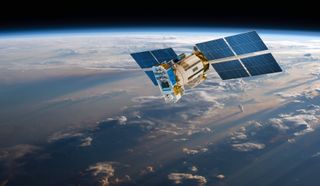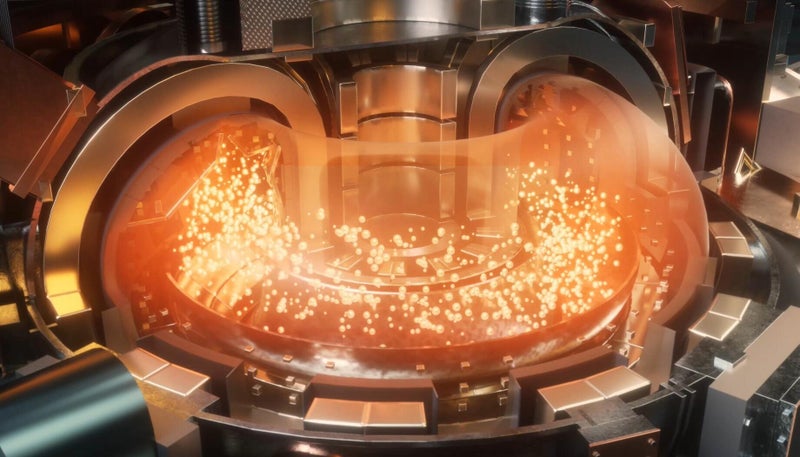Major step towards 6G internet using SPACE LASERS as China ‘beats Elon Musk’s Starlink’ with ultra-fast 100gbps test
Share:
CHINA has set the bar high after a breakthrough in satellite-to-ground laser communications, beating Elon Musk's Starlink. It means that 6G is a step closer to being a reality as well as the use of other technologies using satellite and laser communications.

Chang Guang Satellite Technology, the company behind the Jilin-1 satellite constellation made the breakthrough during testing last weekend. The company confirmed that it managed to reach a 100 gigabit per second ultra-high-speed image data transmission rate.
![[Chang Guang Satellite Technology which owns the Jilin-1 constellation has celebrated the breakthrough]](https://www.thesun.co.uk/wp-content/uploads/2025/01/100-gigabit-per-second-data-961089391.jpg?strip=all&w=767)
This beat the company's previous record by 10 times the speed. The breakthrough was recorded between a ground station mounted to a truck and one of the Jilin-1 satellites, the company announced. During the test, remote sensing images were sent from the satellite to the optical telescope on the truck.
![[Elon Musk's Starlink is on the backfoot now that China has made progress]](https://www.thesun.co.uk/wp-content/uploads/2025/01/2022-tweet-rocket-company-spacex-768328934.jpg?strip=all&w=960)
Wang Xingxingh, the company's technical director of laser communication said: "The data rate in this test reached 10 gigabytes per second, which is more than 10 times higher than that of the radio-frequency links traditionally used for satellite communication.".
![[Progress in satellite-to-ground laser communications brings 6G internet closer to reality]](https://www.thesun.co.uk/wp-content/uploads/2025/01/spacex-falcon-9-rocket-lifts-869372574.jpg?strip=all&w=960)
The Jilin constellation is made up of 117 satellites and the latest update means that it is a frontrunner while Musk's Starlink is on the back foot. This has been supported by Wang Hanghang, CGST's head of laser communication ground station technology.





















